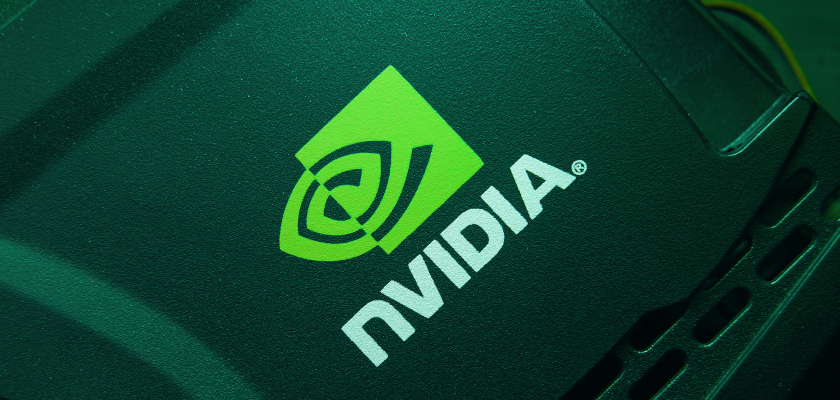The world of e-commerce has witnessed a surge in popularity of print on demand drop shipping in years.
This innovative business model enables entrepreneurs to create their products and have them printed and delivered directly to customers, eliminating the need for inventory or upfront costs.
While print on demand drop shipping presents opportunities for aspiring business owners, it also entails challenges, particularly pertaining to intellectual property.
Intellectual property encompasses the rights that safeguard creations of the mind, including inventions, designs, logos, and artistic works.
For print on demand drop shipping businesses, it is crucial to have an understanding of and adherence to intellectual property laws in order to avoid legal issues such as copyright or trademark infringement.
Below are some guidelines for navigating intellectual property concerns for print on demand fulfillment within the realm of print on demand drop shipping.
1. Conduct Thorough Research: Avoid Copyrighted or Trademarked Content
Prior to embarking on a print on demand drop shipping venture, it is imperative to research and ensure that the designs or images utilized for your products do not violate any copyright or trademark laws.
Copyright protects works of authorship, such as creations, while trademarks safeguard brand names, logos, or slogans.
If you use copyrighted or trademarked content without authorization, you run the risk of facing action from the original creators or brand owners.
To avoid infringing on copyright or trademark laws, it is advisable to create your designs or collaborate with a professional graphic designer who can produce original and non-infringing artwork.
Another option is to utilize resources like stock image websites that offer licensed images for purposes.
2. Obtain the licenses or permissions
If you intend to incorporate copyrighted materials, such as known characters from movies or TV shows, into your print on demand products, it is crucial to obtain proper licensing or permissions from the copyright holders.
Licensing agreements establish permission to use copyrighted materials, often involving payment of royalties or other financial arrangements.
Without obtaining these licenses, there is a risk of infringing on the rights of copyright holders, potentially facing legal consequences.
It’s important to note that obtaining licenses for characters or copyrighted content can be an expensive process.
However, it is a crucial step if you wish to include materials in your print on demand products. It’s recommended that you thoroughly research and understand the terms of licensing agreements and seek advice from a professional if necessary.
3. Avoid Dealing with Fake or Imitation Products
To safeguard yourself from trademark infringement claims, it’s important for print on demand drop shipping businesses to steer clear of selling replica products.
Counterfeit products are replicas that mimic genuine branded items, while replica products may look similar but aren’t marketed as genuine. Selling such items can result in consequences, including hefty fines and even imprisonment.
When choosing designs or images for your print on demand products, it’s advisable to ensure that they don’t resemble or imitate known brand logos or other trademarks.
It’s always better to play it safe by coming up with unique designs than trying to replicate popular branded items.
4. Familiarize Yourself with Fair Use Guidelines
Fair use is a principle that allows the use of copyrighted material without obtaining permission from the copyright owner.
Understanding fair use guidelines is vital for print on demand drop shipping businesses as it helps determine whether certain uses of copyrighted material are protected under this doctrine.
The fair use doctrine takes many factors into account, including the purpose and character of the use, the nature of the copyrighted work, the amount and significance of the portion used, and the impact on the market for the work.
While determining use can be subjective, it is crucial to familiarize yourself with the principles and seek guidance from a professional if you have doubts about whether a specific use falls within fair use guidelines.
5. Be Transparent with Customers and Include Disclaimers
To safeguard your print on demand dropshipping business from complications, it is vital to be transparent with your customers regarding the origin of your designs, images, or any copyrighted material used.
Adding disclaimers on your website that clarify what you are not affiliated with. Endorsed by any copyrighted brands can help eliminate any possible confusion.
Moreover, effectively communicating to your customers that the intellectual property rights for the designs or images used on your products remain with the creators or copyright holders is important.
This level of transparency reduces the likelihood of customer complaints or legal disputes by setting expectations for your customers.
Protect Yourself
In conclusion, navigating intellectual property matters carefully is crucial for print on demand dropshipping businesses to avoid issues.
By conducting research, obtaining licenses, avoiding copyrighted or trademarked content, understanding fair use guidelines, and using disclaimers appropriately, entrepreneurs in this field can protect themselves while still creating unique and appealing products for their valued customers.























